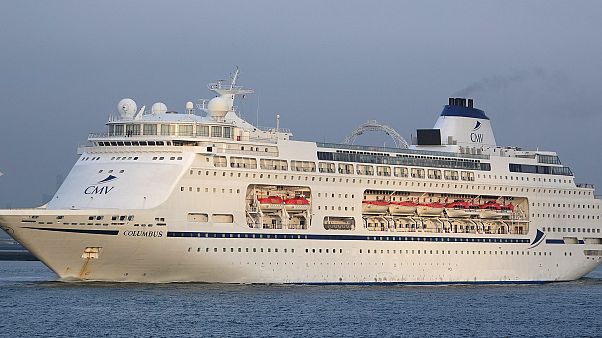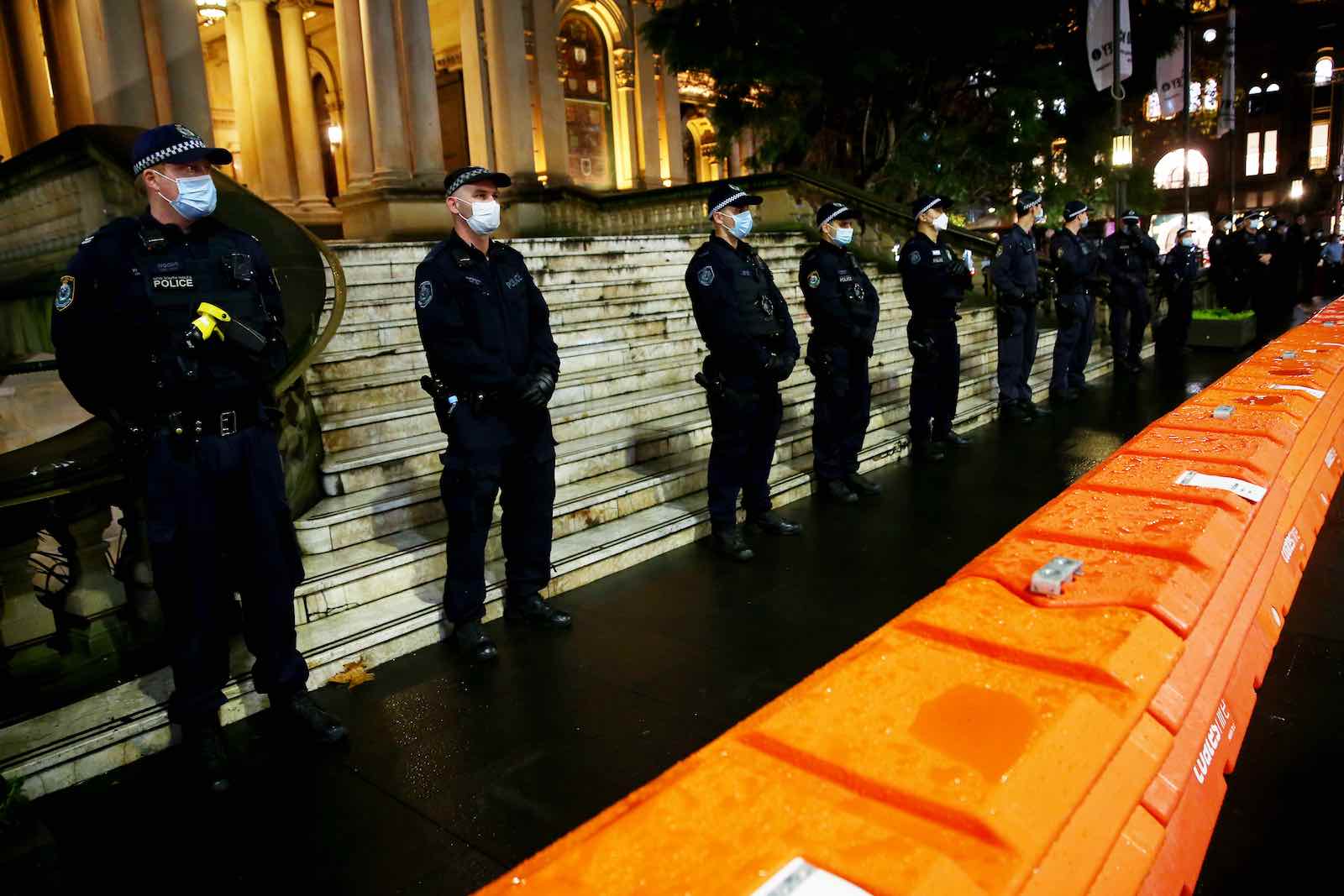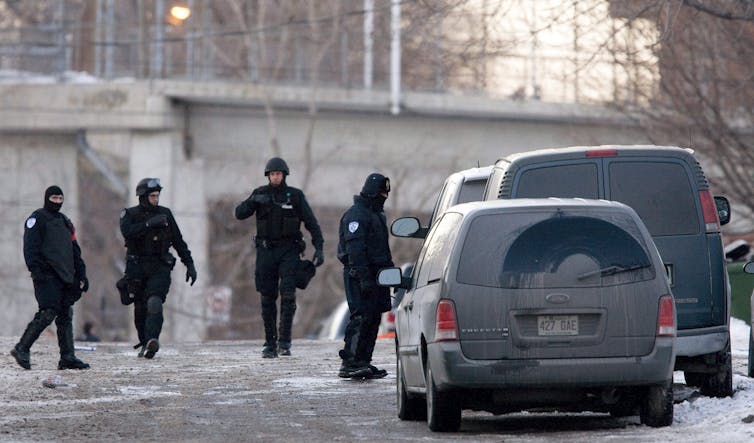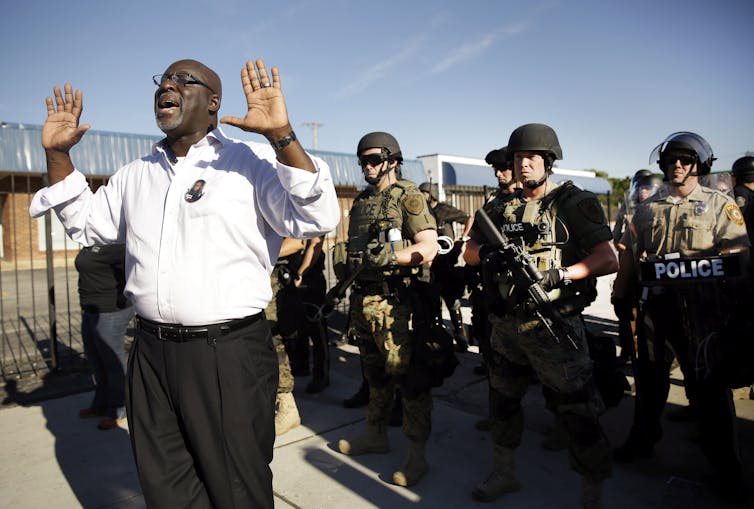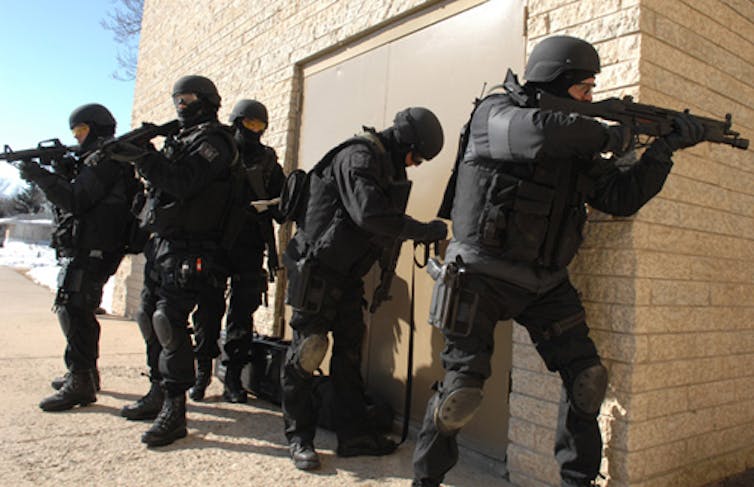Coronavirus job cuts: Which companies in Europe are slashing their workforces because of COVID-19
By Pascale Davies • last updated: 11/06/2020
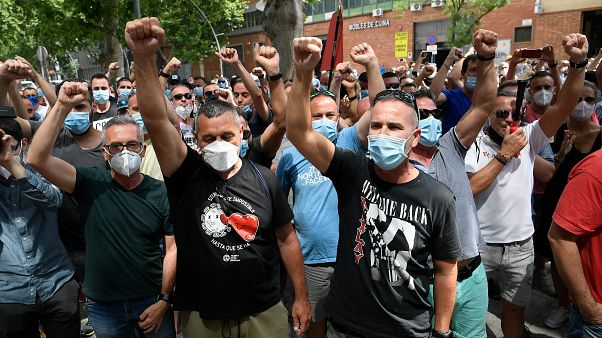
People in Spain protest the closure on the Nissan plant in Barcelona. - Copyright LLUIS GENE/AFP or licensors
Unemployment across Europe has risen due to the coronavirus pandemic with airline companies and the automobile sector making some of the biggest job cuts.
About 397,000 people in the European Union lost their jobs in April, according to data from the EU's stats agency, released in June.
The EU’s jobless rate rose to 6.6% in April, from a 12-year low of 6.4% the previous month, according to Eurostat. It's the biggest rise in several years.
While furlough schemes (putting workers on temporary leave and the government paying a percentage of their salaries) across Europe are helping some shield from the economic impact of COVID-19, others are less fortunate.
Here is our updated list of companies in Europe making job cuts either due to — or in part because of — COVID-19.
United Kingdom
British Petroleum (10,000 jobs)
 BP plans to axe 10,000 jobs worldwidePAUL ELLIS/AFP or licensors
BP plans to axe 10,000 jobs worldwidePAUL ELLIS/AFP or licensors
British oil giant BP announced plans to cut 10,000 jobs on Monday due to the coronavirus crisis, which has slashed the global demand for oil and in turn its prices.
In a company-wide email seen by Euronews, CEO Bernard Looney confirmed the job cuts saying that most would be made this year.
He said: “We will now begin a process that will see close to 10,000 people leaving BP – most by the end of this year.
Though the email did not specify where the redundancies would take place, it said: “The majority of people affected will be in office-based jobs. We are protecting the frontline of the company and, as always, prioritising safe and reliable operations”.
Mulberry (25% of workforce)
Even luxury fashion cannot catch a break from coronavirus. Mulberry, the UK brand known for its leather goods and costly handbags said on Monday it would cut 25% of its worldwide workforce.
t's expected most of the jobs will go in the UK, where the vast majority of its staff works.
British Airways (up to 12,000 jobs)
British Airways announced at the end of April it would cut up to 12,000 jobs from its 42,000-strong workforce due to coronavirus wreaking havoc on the travel industry.
The airline's parent company, International Airlines Group (IAG), said it needed to impose a "restructuring and redundancy programme" until the demand for air travel returns to pre-coronavirus levels.
Job losses could also occur at IAG’s other airlines, Iberia and Vueling in Spain and Ireland’s Aer Lingus, CEO Willie Walsh has warned.
EasyJet (around 4,500 jobs)
Britain's low-cost airline EasyJet has also announced it would be cutting jobs in the wake of coronavirus.
The company said 30% of its workforce would be slashed, which amounts to about 4,500 jobs.
Ryanair, which is set to cut 3,000 jobs - 15% of its workforce - with boss Michael O'Leary saying the move is "the minimum that we need just to survive the next 12 months"
Virgin Atlantic (3,000 jobs)
The firm has announced it will cut more than 3,000 jobs in the UK and end its operation at Gatwick Airport.
Ireland
Ryanair (about 3,000 jobs)
Budget airline Ryanair said it would cut 15% of its workforce globally, about 3,000 jobs, after the pandemic grounded flights.
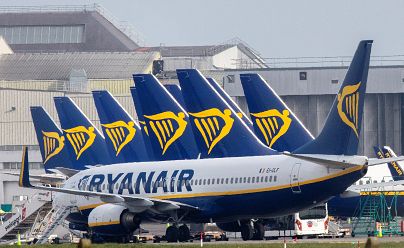 Budget airlines have also been impacted by COVID-19.PAUL FAITH/AFP
Budget airlines have also been impacted by COVID-19.PAUL FAITH/AFP
Chief executive, Michael O’Leary, took a 50% pay cut for April and May and has now extended it until the end of March next year.
O'Leary said the measures are "the minimum that we need just to survive the next 12 months."
France
Renault (15,000 jobs)
French automobile maker Renault announced at the end of May it would axe 15,000 jobs worldwide as it tries to ride out the drop in car sales, which have plummeted even further due to coronavirus.
4,600 of those jobs would be cut in France. However, that figure may be lower since Renault secured a government loan of €5 billion and would in exchange restructure its factories.
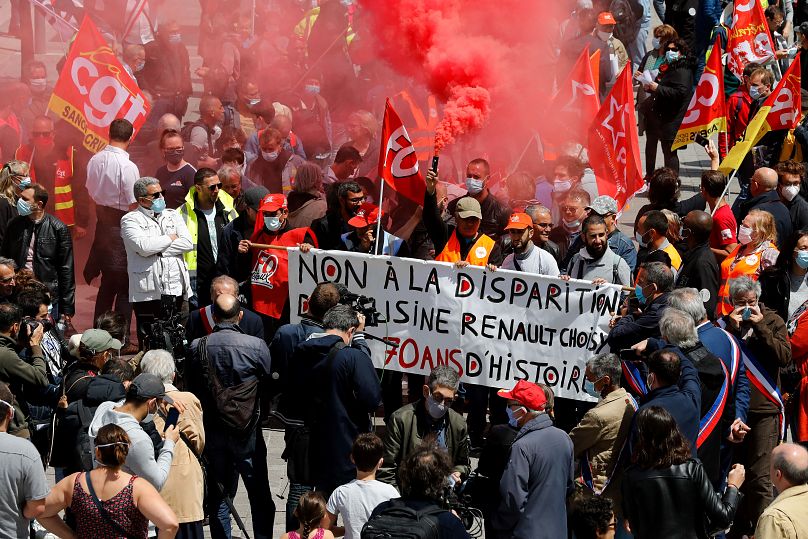
People in France protest the Renault cuts.FRANCOIS GUILLOT/AFP or licensors
French President Emmanuel Macron told employees at two Renault factories their future was guaranteed.
Renault, which is partly owned by the French government, was under pressure even before COVID-19 hit and posted its first loss in a decade last year. It is also trying to ride out the spectre of Carlos Ghosn.
The job cuts come as part of its plans to find €2 billion in savings over the next three years.
Airbus (up to 10,000 jobs)
The European planemaker said in May it could cut up to 10,000 jobs amid the coronavirus travel slump. Job losses could also stretch to its UK plant.
Airbus said in April it would cut the number of planes it built by a third as airlines cancelled or delayed orders as flights have been grounded.
Germany
Tui (8,000 jobs)
Anglo-German travel firm Tui announced on May 13 it would cut 8,000 jobs worldwide.
In a half-year financial report, it said the pandemic was “unquestionably the greatest crisis the tourism industry and Tui has ever faced.”
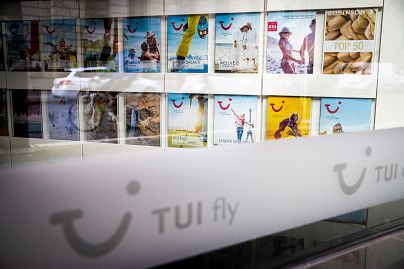
The Anglo-German company has had to halt trips.ODD ANDERSEN/AFP or licensors
In March, Tui was granted a loan of €1.8 billion by the German government to help see it through the pandemic.
Thyssenkrupp (3,000 jobs)
Industrial conglomerate Thyssenkrupp announced on March 25 it would cut 3,000 jobs in its steel unit in Germany as part of a COVID-19 "crisis package".
The group, which makes elevators and submarines, said it had reached a deal with Germany’s powerful IG Metall union to cut 2,000 jobs over the next three years and another 1,000 by 2026.
Lufthansa (22,000 jobs)
German airline Lufthansa said on June 11 it would cut 22,000 jobs due to travel disruptions caused by the coronavirus. The airline said half the job cuts would be in Germany.
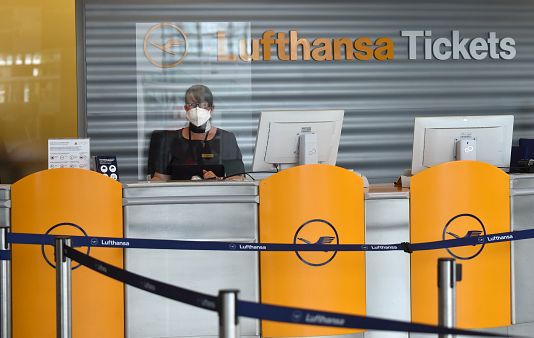 Half of the Lufthansa jobs are expected to go in Germany.CHRISTOF STACHE/AFP or licensors
Half of the Lufthansa jobs are expected to go in Germany.CHRISTOF STACHE/AFP or licensors
Spain
Nissan (2,800 jobs)
The Japanese carmaker announced on May 28 that it would close its factory in Barcelona, which employs around 2,800 people.
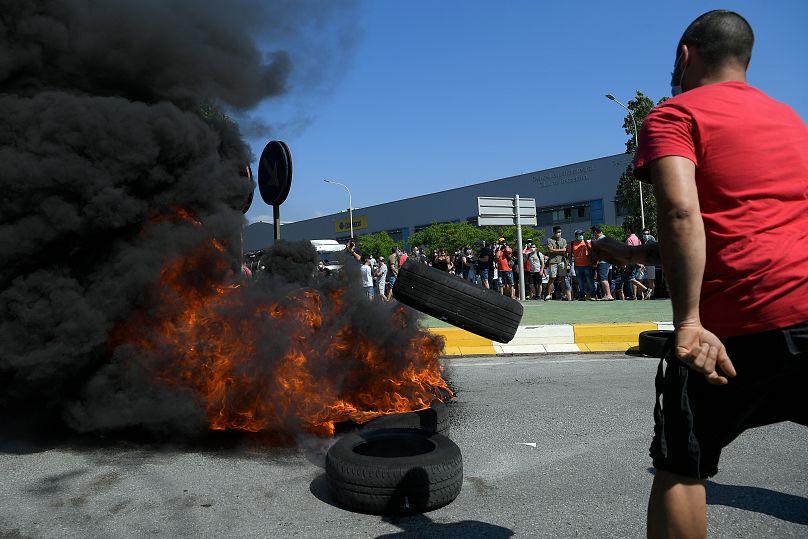
Protesters in Barcelona set tyres alight.LLUIS GENE/AFP or licensors
Protests erupted with people burning tyres to try and fight for their jobs.
The firm said coronavirus had piled pressure on the company and that it would focus on its markets in Asia and North America.
Scandinavia
Scandinavia Airlines (5,000 jobs)
While Scandinavia Airlines (SAS) also announced temporary job cuts in March, a month later it said 5,000 jobs—almost half the total number of employees—will lose their jobs permanently.
The company, part-owned by Sweden and Denmark, said that the potential reduction of the workforce would be split with approximately 1,900 positions in Sweden, 1,300 in Norway and 1,700 in Denmark.
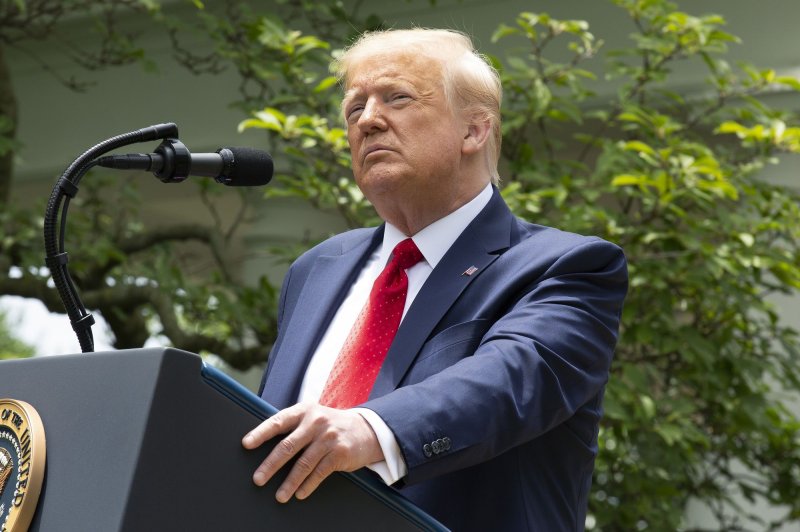
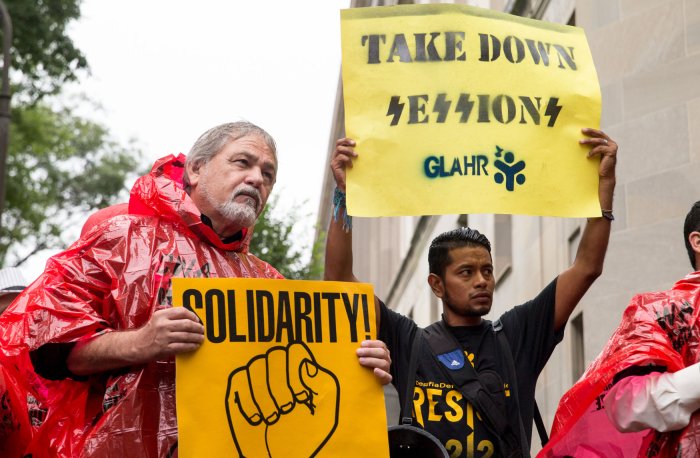

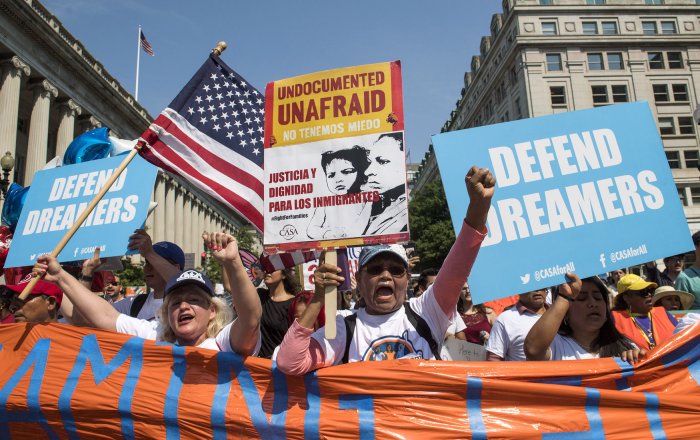

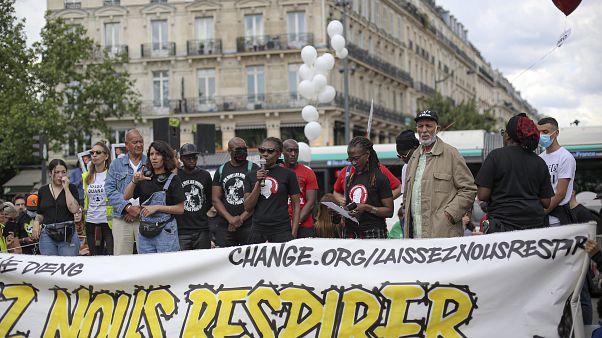

 BP plans to axe 10,000 jobs worldwidePAUL ELLIS/AFP or licensors
BP plans to axe 10,000 jobs worldwidePAUL ELLIS/AFP or licensors Budget airlines have also been impacted by COVID-19.PAUL FAITH/AFP
Budget airlines have also been impacted by COVID-19.PAUL FAITH/AFP

 Half of the Lufthansa jobs are expected to go in Germany.CHRISTOF STACHE/AFP or licensors
Half of the Lufthansa jobs are expected to go in Germany.CHRISTOF STACHE/AFP or licensors
